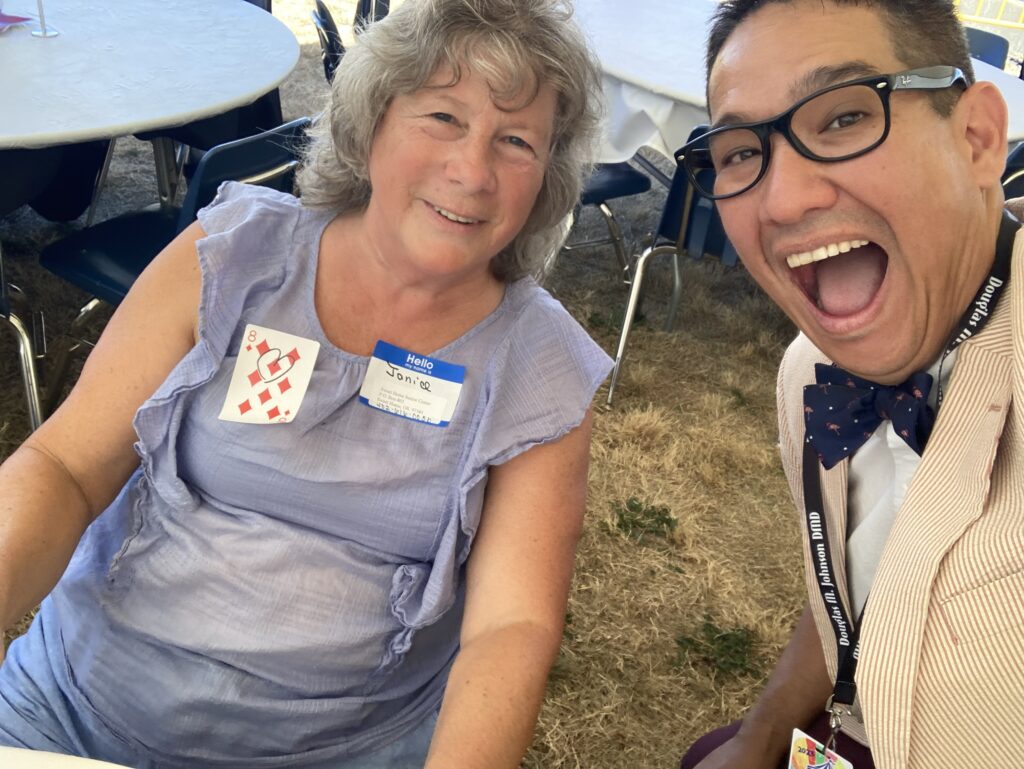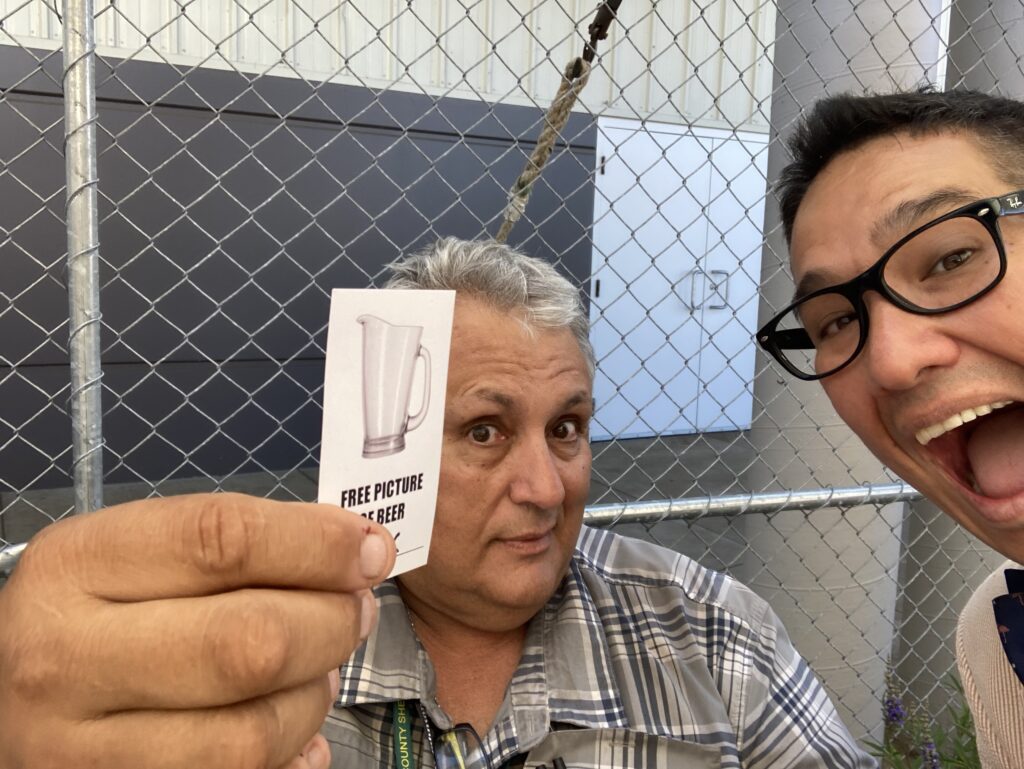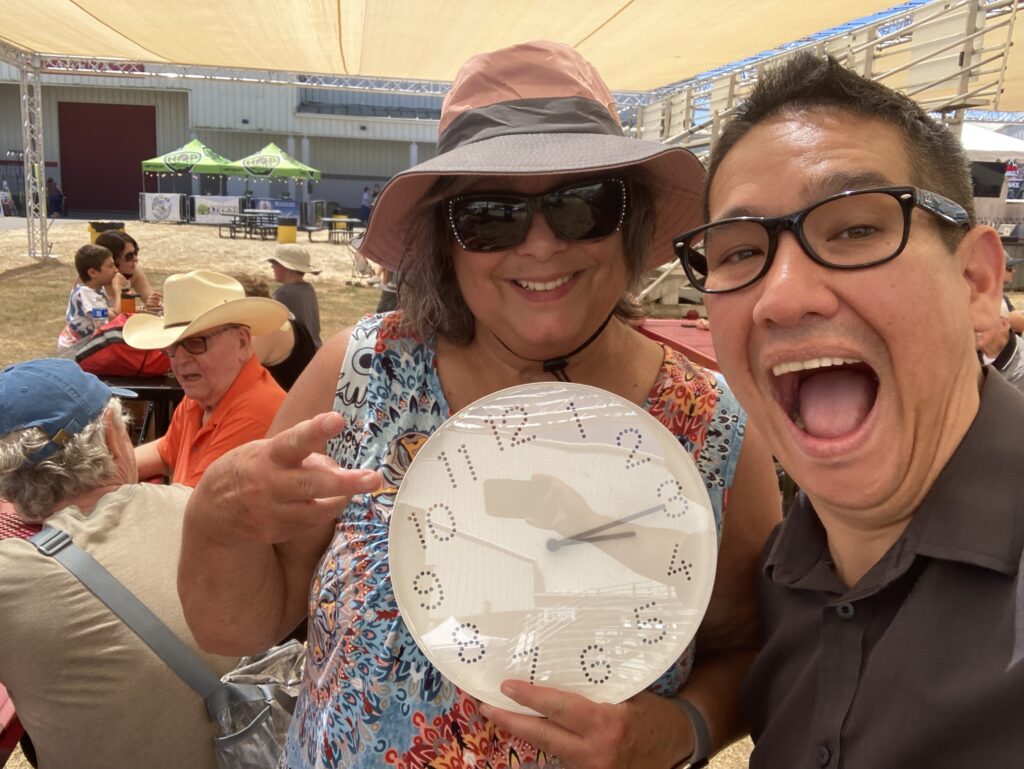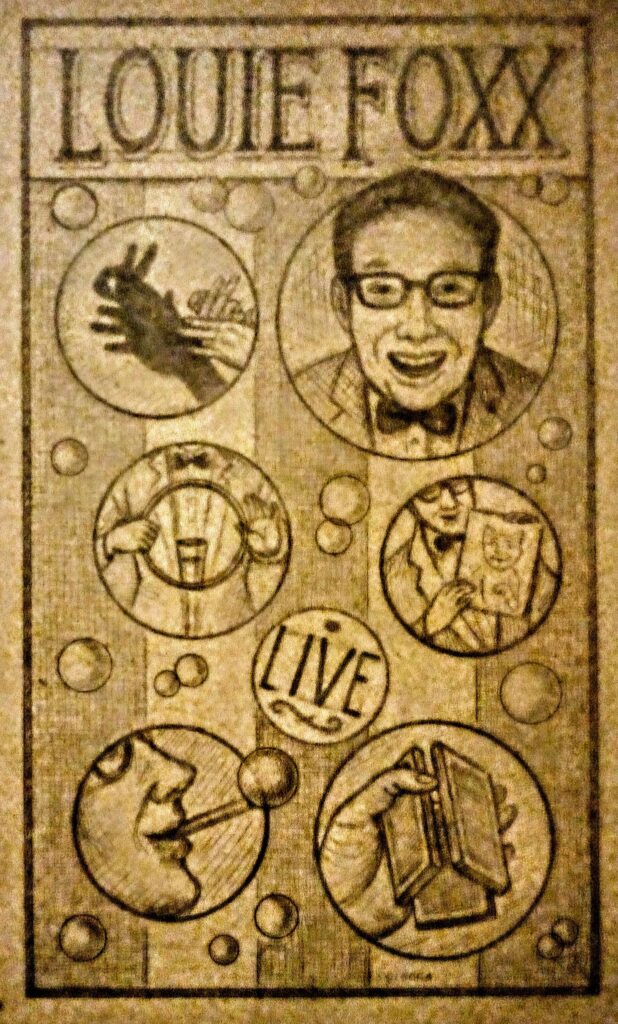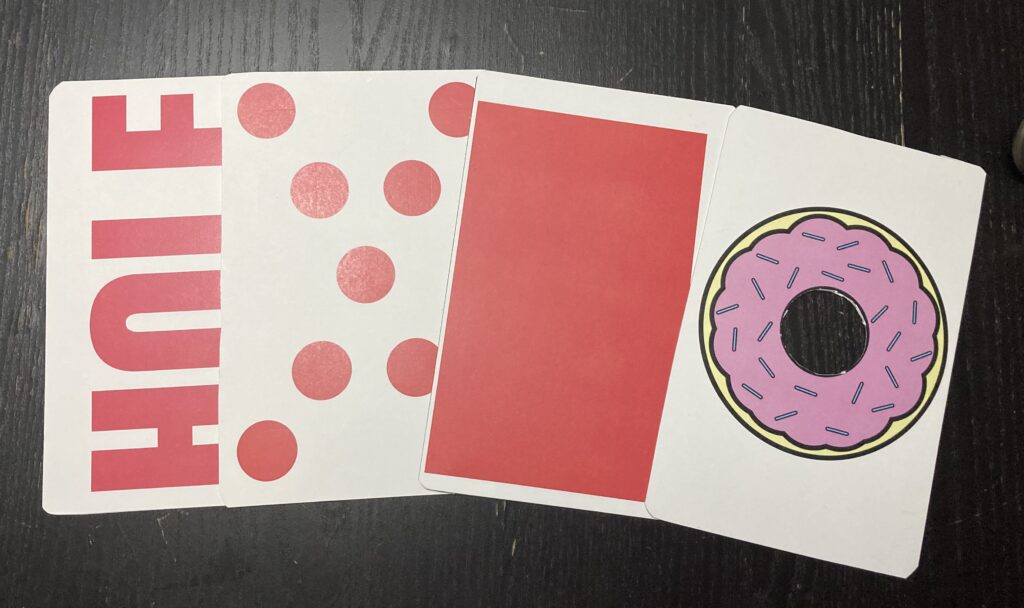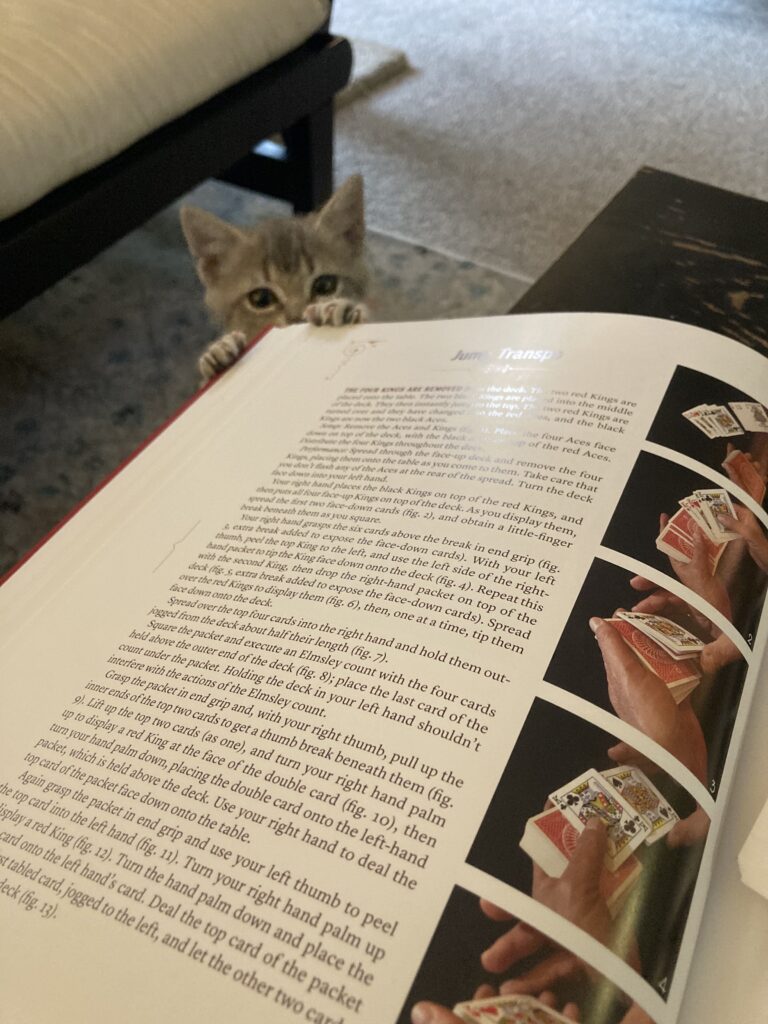In my roving magic shows in Arizona, my set was essentially two parts. The first part coin magic, which is about one third of the close up set. The second part is my card set which in the remaining two thirds of it.
Here’s a little highlight reel of my close up roving magic set:
@louiefoxx Close Up Magic at the Yavapai County Fair! #closeupmagic #cardtrick #cointrick #magician #sleightofhand #louiefoxx #yavapaicountyfair #prescott #arizona ♬ original sound – Louie Foxx
Sometimes I will another part to this, and that is the shell game. I don’t do the shell game for every group as it really needs to be the right group for it to play how I want it to play.
Also, I’m really digging Craig Petty’s Apparition coin set! One thing with it is I’m trying to use the purse less. Right now the coin set I’m doing with it has four parts and only the first two use the purse. I’ll probably write a bit more about what I’m doing with the Apparition coin set and why I’m doing it the way I am.
-Louie

